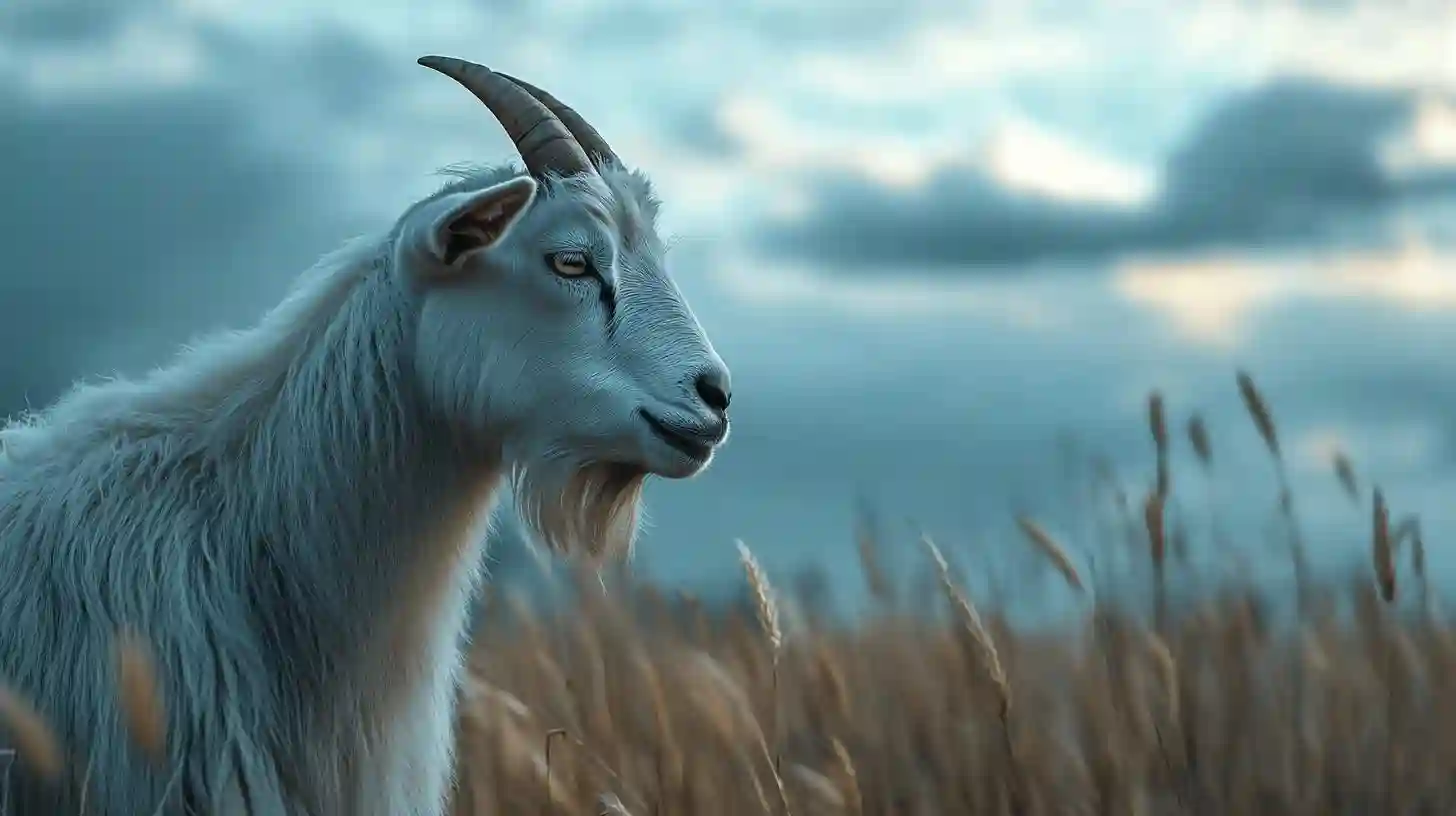
Knowledgetrovehq

The history of animal domestication marks a pivotal chapter in human development, transforming societies and reshaping their interactions with nature. Among the diverse array of animals that accompanied early humans on their journey towards settled agricultural practices, goats emerged as one of the most significant and adaptable members of the animal kingdom. Their unique characteristics and benefits played a vital role in early farming communities, establishing them as indispensable contributors to human survival and prosperity.
Goats were among the first animals to be domesticated by humans, a process that began thousands of years ago in the mountainous regions of the Near East. They provided early agriculturalists with a unique combination of resources that were essential for both subsistence and trade. The versatility of goats made them well-suited to various environments, allowing them to thrive in arid and marginal landscapes where other livestock struggled. Their hardiness and ability to forage on coarse vegetation offered a reliable source of sustenance for communities that had limited agricultural options.
One significant advantage of goats is their dual-purpose nature. They not only supplied meat but also provided milk, which became a critical dietary staple for many early cultures. Goat's milk is nutritious and easily digestible, making it especially valuable in regions where cow's milk was either unsuitable or unavailable. Families raised goats for their milk, which could be consumed fresh or turned into cheese and yogurt, preserving it for extended periods. The ability to produce multiple food items from a single species of animal enhanced food security and dietary diversity.
The fibers produced by certain goat breeds also played an essential role in early human societies. Cashmere, obtained from cashmere goats, and mohair from Angora goats have been prized for centuries due to their softness and warmth. By harvesting these fibers, early communities were able to create clothing and blankets that offered protection against harsh weather conditions. This textile resource further solidified the goat's place in agricultural societies, enabling them to meet not only their dietary needs but also their clothing needs.
In addition to their material contributions, goats also played an integrative role in social and cultural contexts. Herding goats encouraged the development of cooperative skills and social networks among early human groups. Goats are generally social animals and establish hierarchies within their herds, a characteristic that mirrored human social structures. This dynamic created opportunities for pastoralists to engage with one another, fostering relationships and trade connections that were essential for the growth of communities.
Their significance extended beyond mere consumption and materials, as goats also served as a source of economic wealth. The ability to trade goats and their byproducts allowed early agriculturalists to establish themselves in emerging market economies. Wealth was often measured in livestock, and goats, being easier to manage than larger animals, became status symbols within societies. This importance in trade presented early humans with new opportunities for social mobility and community organization, leading to the formation of more complex societal structures.
Goats also contributed to landscape management, providing an essential service in maintaining vegetation balance. In regions prone to bush encroachment or overgrowth, goats served as natural grazers, controlling invasive plants and promoting biodiversity. Early farmers understood the value of maintaining ecological balance, utilizing goats as both a resource for food and a tool for sustainable land management. Their grazing habits helped promote healthier pastures and forests, thus ensuring a continued supply of resources for both humans and wildlife.
The domestication of goats was not merely an agricultural development; it was a revolutionary transformation that paved the way for settled agricultural societies. As communities relied more heavily on agriculture, the symbiotic relationship with these animals grew increasingly profound. This bond allowed for the establishment of complex cultural practices surrounding herding, breeding, and utilization of goats. Traditions surrounding goats emerged, including festivals, rituals, and even religions that revered these animals as symbols of prosperity and fertility.
The essential role of goats in the early days of animal domestication cannot be overstated. They provided vital resources that helped sustain and nourish burgeoning human populations, integrating seamlessly into the fabric of daily life. As humans transitioned from nomadic lifestyles to settled agricultural existence, goats served as reliable companions, enhancing livelihoods and fostering community connections. Their contributions laid the foundation for agricultural practices, economic relations, and cultural identities, illustrating the profound impact that one species can have on human development. The journey of goats alongside humans remains a testament to the interconnectedness of life and the timeless bond between species that has shaped our world for millennia.